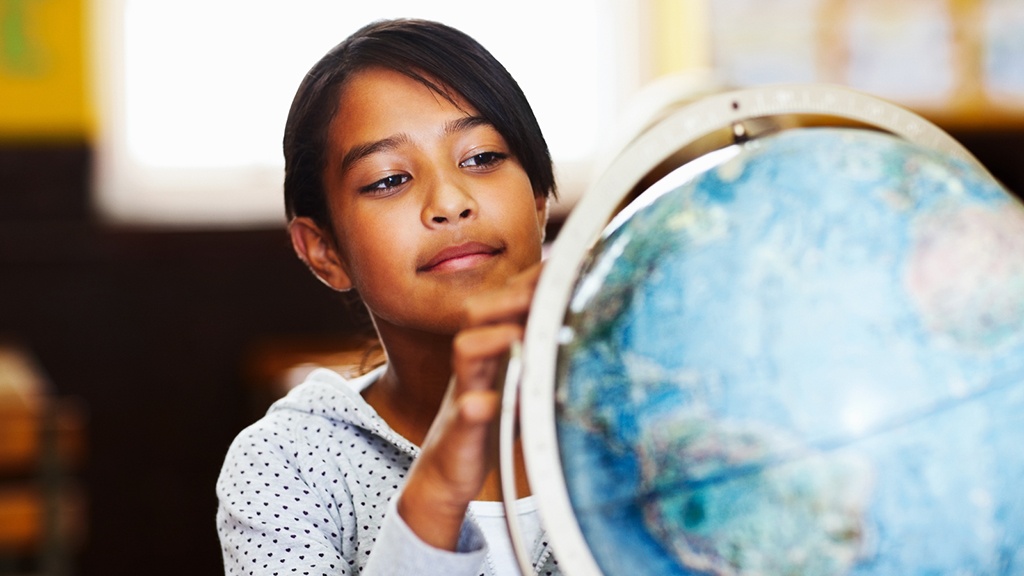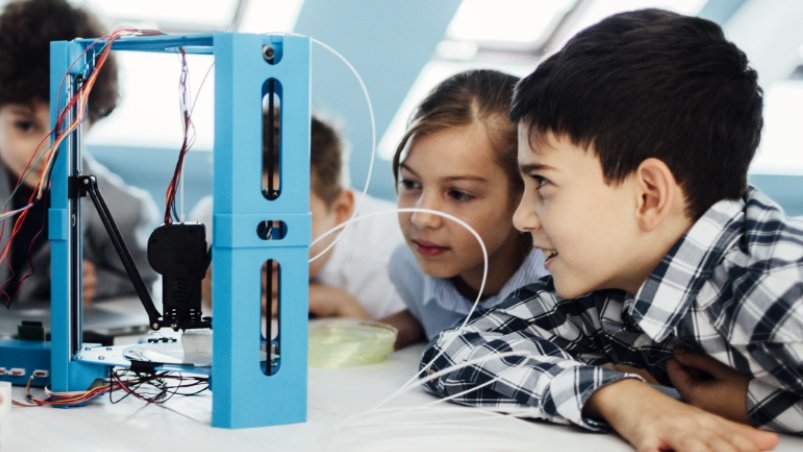
Here’s a quick and easy summary of everything you need to know about hands-on learning for social studies.
Starting with the basics, here’s a definition for hands-on learning, from Merriam-Webster: “Learning gained by actually doing something rather than learning about it from books, lectures, etc.”
Examples of Hands-On Learning
Hands-on (also called experiential learning) can be activities like making an analog clock from a paper plate, brass fastener, and two strips of paper in the shape of arrows. Students make the clock face, then learn how to tell time. Or students can use money to count change and learn addition and subtraction. Students can use art to facilitate their learning, such as drawing a map, writing a skit to describe a historical event, or writing a short biographical poem about an historical figure. And of course, the iconic volcano from papier-mâché with erupting lava of vinegar and soda is applicable for learning geology, 3-D art, and a little chemistry.
Sign up here to get weekly notifications of new blogs posts like this one.

Look at the results
Students learn better when they can relate to a subject, when it is personally meaningful. Learning happens when the brain is engaged in making connections and creating familiar patterns. Hands-on learning engages students of all ages in multiple modes of learning: kinesthetic, problem solving, and trial and error. These all build patterns in students’ thinking about how persons, places, or events relate to each other.
This type of learning changes the role of the teacher from information dispenser to co-explorer of knowledge. Evaluation of student learning is richer because students get to show what they’ve learned. Learning by doing provides better results over time as students move through school and on to their careers. You can learn more about how hands-on learning works in the brain in this post, Brain-Based Research and the Need for Hands-On Learning.

Develops skills of lifelong learning
When students learn in this way, they gain valuable skills—critical thinking, communication, collaboration, and creativity—what we sometimes call the 4 C’s of 21st century education. But in reality, these skills have proven essential for all generations. Because when students learn from doing something and are motivated to explore and discover new things, they more readily develop a lifelong love of learning. For a quick guide to implementing this type of learning into your social studies classrooms, read my article, 7 Considerations for Implementing Hands-On Learning in Social Studies.
Explore more aspects of hands-on, experiential, and activity-based learning to add to your social studies curriculum:
- Brain-Based Research and the Need for Hands-On Learning
- 7 Considerations for Implementing Hands-On Learning in Social Studies
- 7 Reasons Social Studies Teachers Should Use Role-Playing Simulations
Discover a world of hands-on mapping resources with Nystrom World
Try a free 30-day trial today
Greg Timmons has been a social studies teacher for over 30 years, teaching at both middle and high school levels. He is currently a writer and education consultant for PBS, Scholastic, and the History and Biography Channels. Greg has written numerous lessons for Social Studies School Service including Government Activators, and hosts INTERACT’s website Teacher Center: Your Community for Active Learning Strategies.
Resources:
Brain-Based Research and the Need for Hands-on Learning
Hands-on Learning vs. Lecturing
The Importance of Hands-On Learning
The Ultimate Guide to Hands-On Learning Activities for Middle School

Hi am from Nigeria thanks for this write up it’s really going to help me on my presentations tomorrow how can I get more articles. Thanks sorry I just had to fill where I hope to visit to enable my comments go through
We’re glad to hear this write up helped you in your presentation! To receive regular updates from our blog, you can subscribe by filling out this form: https://go.socialstudies.com/subscribe-page